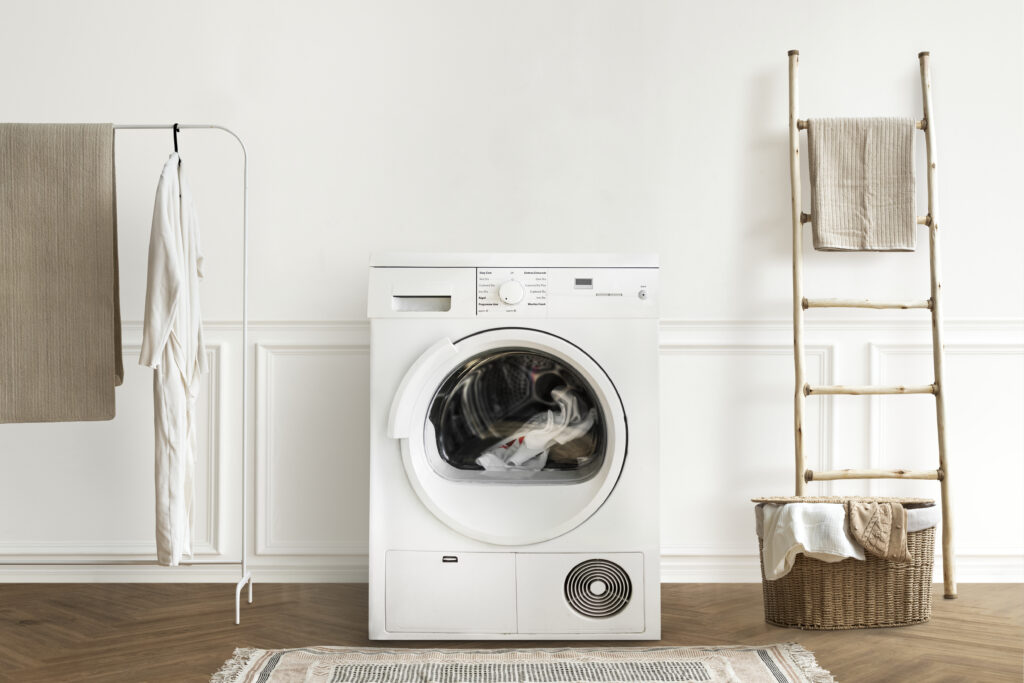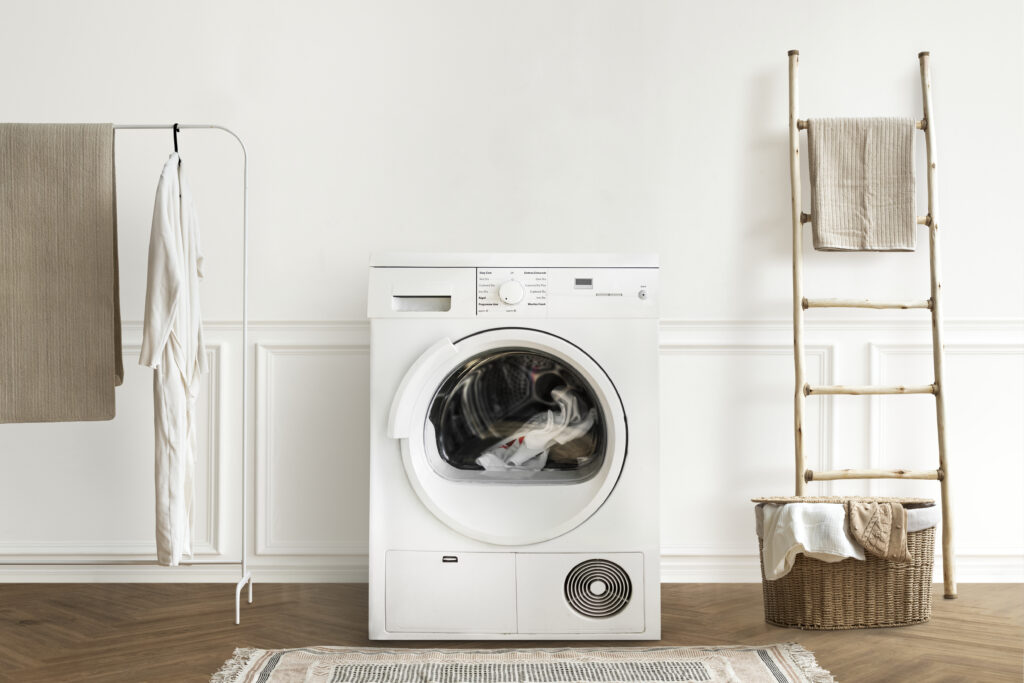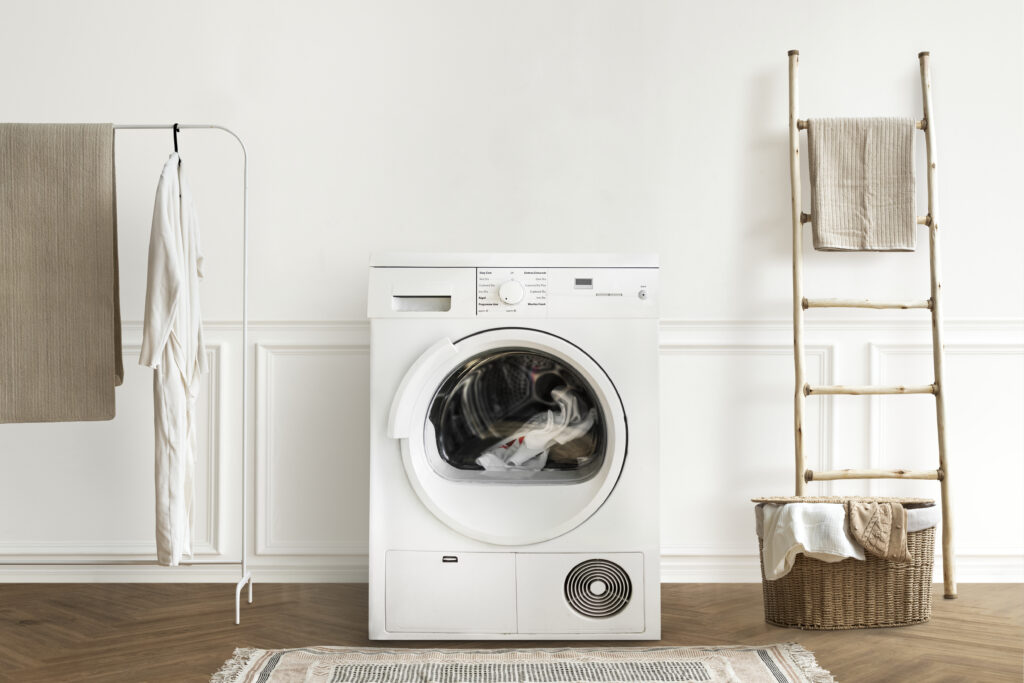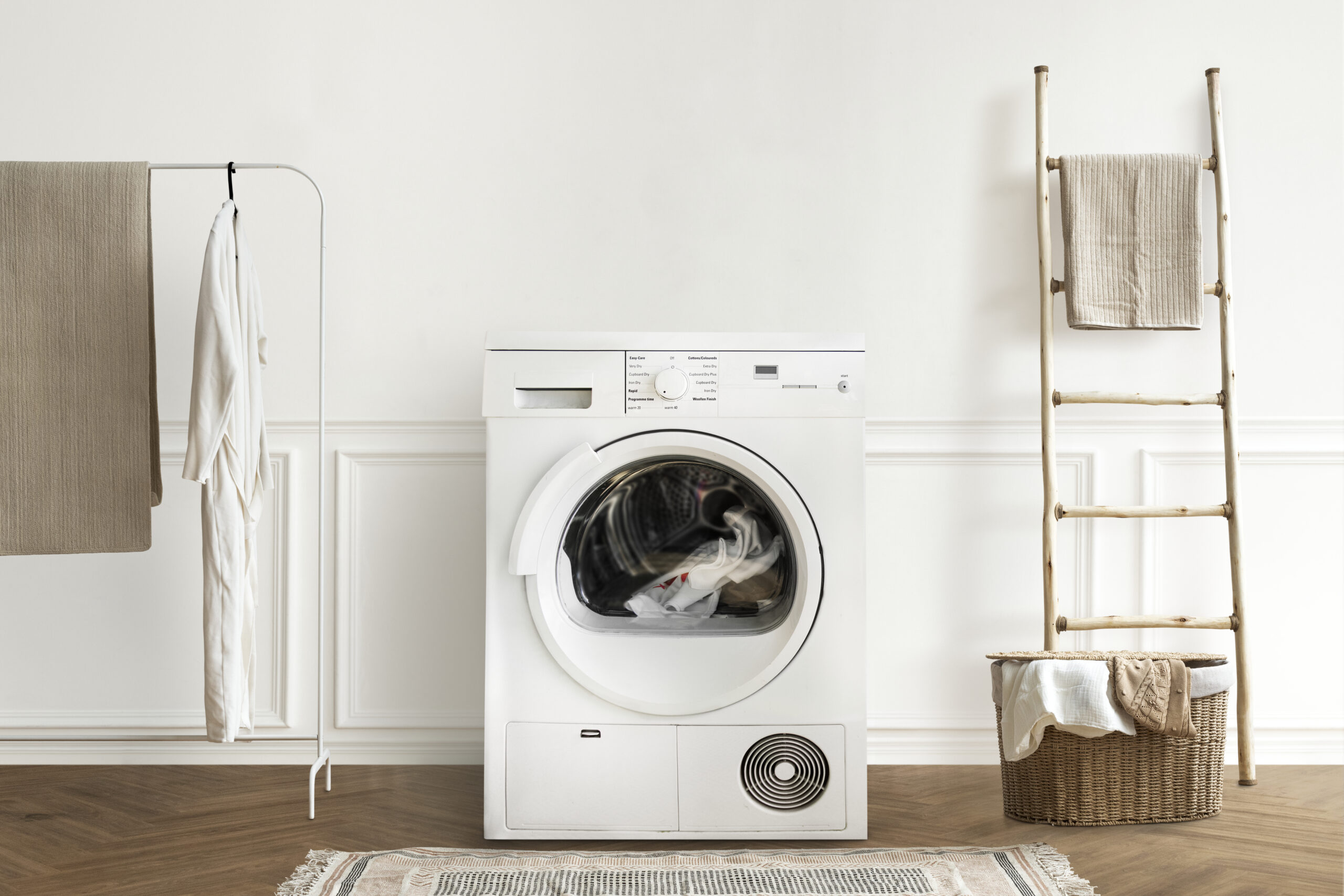The good news is that you can often troubleshoot and fix this issue yourself without immediately calling a technician. In this comprehensive guide, we’ll explain the possible reasons why your washing machine isn’t draining, step-by-step troubleshooting methods, and when it’s time to seek professional help. A washing machine is one of the most important household appliances in every American home. However, what happens when your trusted washer suddenly refuses to drain water? A washer that won’t drain can leave your clothes soggy, smelly, and upset your entire laundry routine.

Why Does Your Washing Machine Not Empty?
The following are typically the causes of a washing machine not draining water:
A kinked or clogged drain hose
Drain pump blockage
Lid switch malfunction (for top-load washers)
A malfunctioning drain pump
A clogged lint filter or coin trap
Issues with the washer’s motor or control board
Effective problem solving requires an understanding of the underlying cause.
How to Fix a Washing Machine That Isn’t Draining
1.Examine the drain hose
A kinked or blocked drain hose is one of the most frequent causes of a washer not draining.
How to proceed:
Unplug the washer and turn it off.
Find the machine’s drain hose at the rear.
Look for any obvious kinks, bends, or obstructions.
Take out the hoses from the sink or standpipe and the washer.
To check for blockages, run water through the hose.
If clogged, use a garden hose or a long, flexible brush to unclog it.
Advice: To avoid siphoning problems, make sure the drain hose is not inserted too far down the standpipe.
2.Examine the drain pump
The drain pump aids in the removal of water from the drum of the washing machine. Coins, buttons, lint, and tiny garments can clog it.
How to proceed:
Unplug the device.
Depending on the model of your washer, you can access the drain pump through either the front or rear panel.
Check for anything obstructing the pump or its impeller, such as lint or debris.
Carefully clear out any obstructions.
Verify that the impeller of the pump is free to move.
You may hear a humming sound without any water draining if the pump is malfunctioning. The pump might need to be replaced in these circumstances.
3.Check the Lid Switch (Top-Load Washers)
The lid switch in top-loading washers tells the machine to spin and drain. The washer won’t drain if this switch is broken.
How to proceed:
Firmly open and close the lid.
Check for a clicking noise.
The switch may be broken if there is no click.
To check for continuity, use a multimeter.
If necessary, swap out the lid switch.
4.Clear the lint filter or coin trap
A tiny trap or filter built into many washing machines is intended to capture debris before it reaches the drain pump.
How to proceed:
To find the trap or filter, consult your washer’s instruction manual.
Open the access panel, which is often located at the washer’s front bottom.
Remove any remaining water by unscrewing the filter cap.
Take out and wash the filter.
Test your washer after replacing the cap.
Note: Future drainage issues can be avoided by routinely cleaning this filter.
5.Restart the washer
Occasionally, drainage problems caused by electronic glitches can be fixed with a simple reset.
How to reset the majority of washing machines:
Take a minute or two to unplug the washer.
Re-plug it.
For certain models, open and close the door or lid six times in a 12-second period.
To see if it functions, start a drain/spin cycle.

When the Drain Pump Should Be Replaced
After performing these checks, if your washing machine still won’t drain, the drain pump may be broken.
Indications of a malfunctioning pump:
No drainage but a humming noise
Water leaking close to the pump
Overheating or a burnt odor
In the USA, replacing a drain pump typically costs between $100 and $300, including labor and parts. If you would rather replace it yourself, you can also order compatible pumps online from stores like Amazon, Home Depot, or Lowe’s.
📝 How to Avoid Issues with Washing Machine Drainage
It’s always better to prevent than to treat. To maintain a smooth drain from your washer, adhere to these tips:
Don’t put too much strain on the washer.
Use the detergent type and amount that are advised.
Every month, clean the pump trap, lint filter, and drain hose.
Look in pockets for small items such as tissues and coins.
Once a year, schedule expert maintenance.
📞 When Is It Time to Hire a Professional?
It’s time to get in touch with a professional appliance repair service if you’ve tried every solution listed above and your washer is still refusing to drain. Typical indicators that you require professional assistance include:
Mid-cycle washer stop
Displayed error codes (such as OE, ND, or E24)
Electrical problems or a burnt smell
recurring issues with drainage
When specialized tools are needed, professional technicians can diagnose problems with the motor, control board, or internal wiring.

Top-Rated Cleaning Equipment & Washer Drain Pumps (2025)
The following products are highly recommended for repairing and maintaining the drainage system in your washer and are available in the USA:
Numerous washer brands are compatible with the Supco Universal Washer Drain Pump.
This flexible drain brush cleaner makes it simple to clear clogged hoses.
Affresh Washer Cleaner Tablets: Maintain the cleanliness of your washer’s drum and pump
A premium substitute for deteriorated hoses is the Smart Choice Drain Hose Kit.
These products are available at Lowe’s, Home Depot, Best Buy, and Amazon.
Concluding remarks
Although it is inconvenient, a washing machine that refuses to empty its water can usually be fixed with simple tools and a little perseverance. You can save time, money, and hassle by determining whether the problem is with the lid switch, a clogged hose, or a malfunctioning pump.
Never be afraid to call a professional if everything else fails, particularly when working with internal or electrical components. Your washer can continue to function like new with routine maintenance and easy care procedures.
FAQs: Issues with Washing Machine Drainage
Q1: How much does it cost to fix a non-draining washer in the United States?
A: Do-it-yourself basic repairs, such as clearing a clogged hose or cleaning a filter, cost between $0 and $50. The cost of replacing a drain pump professionally can range from $100 to $300.
Q2: Is it possible to clear a clogged washing machine hose with a drain snake?
A: Yes, clogs in the hose can be successfully removed with a small, flexible drain snake or brush.
Q3: How frequently should the drain filter in my washing machine be cleaned?
A: Every 20 to 30 loads or at least once a month.

Leave a Reply